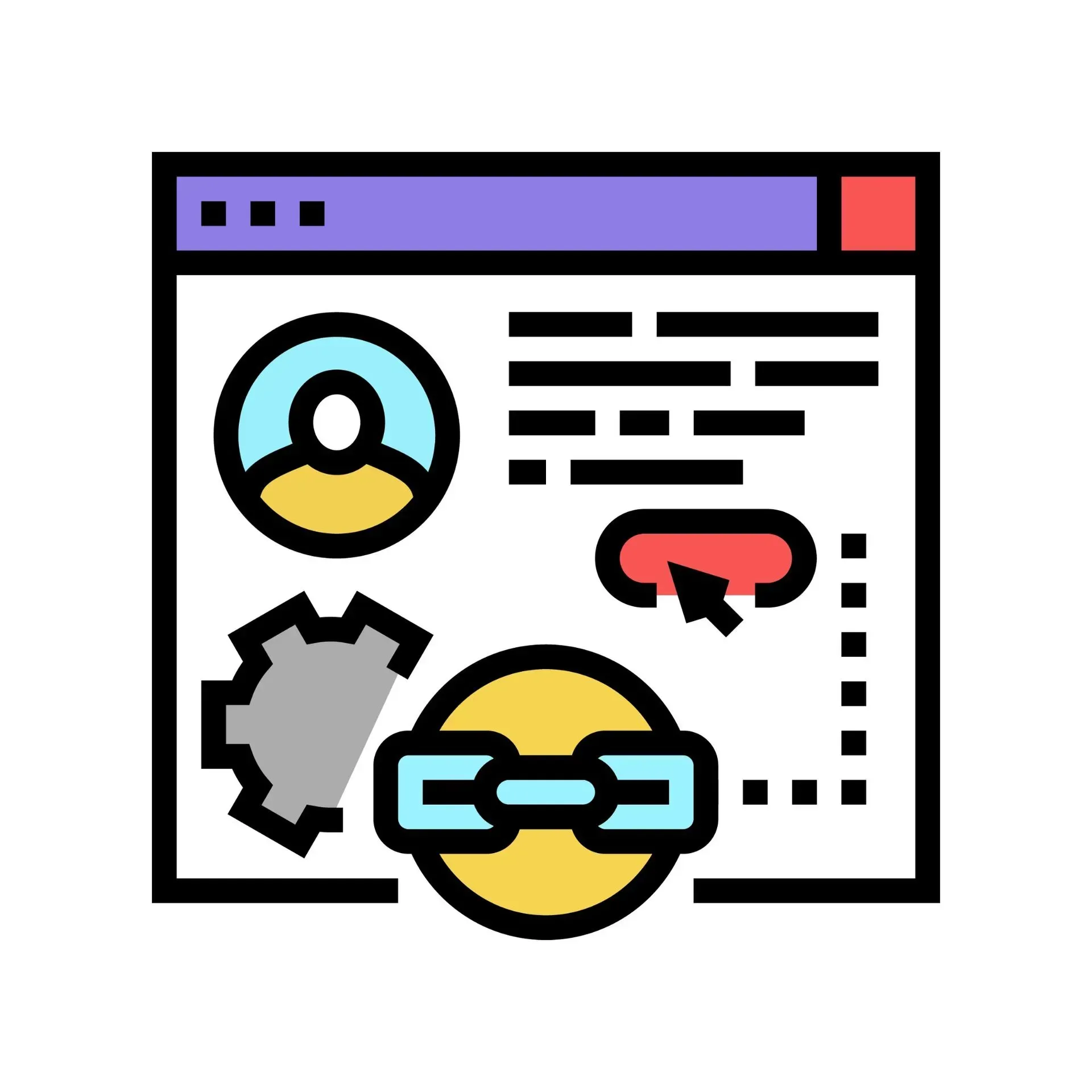10 Critical Benefits of Custom Website Design
Creating a custom website design is more than just aesthetics; it's about building a strong digital presence. In today's online world, having a unique and tailored website can set you apart from the competition.
When you invest in custom design, you ensure that your website reflects your brand's personality and values. This not only helps in attracting visitors but also keeps them engaged.
A well-designed site can drive customer trust and enhance user experience. Whether you’re a small business or a large enterprise, custom website design can lead to incredible results.
Let's explore the essential benefits that come with a personalized approach to your website.
1. Improved User Experience
Custom website design significantly enhances user experience (UX). A well-planned layout makes navigation intuitive, ensuring that visitors find what they need quickly. Key elements include:
- Responsive Design: Your site will look great on any device, from desktops to smartphones.
- Tailored Navigation: Custom menus and links direct users seamlessly across your site.
- Quick Load Times: An optimized, unique design can improve loading speeds, keeping users engaged.
2. Brand Identity Reflection
A custom website design is a canvas to showcase your brand's identity. Unlike templated designs, a personalized site allows you to
- Incorporate Unique Color Schemes: Align your website’s colors with your brand’s palette to reinforce recognition.
- Utilize Original Graphics: Custom visuals and designs make your website memorable.
Ensuring your site reflects your values and personality can strengthen brand loyalty and make an impact on visitors.
3. Credibility and Trust
A professionally designed site inherently conveys credibility. Factors that create a trustworthy online presence include:
- Professional Aesthetics: A custom design often appears more polished than generic templates, fostering trust.
- Clear Calls to Action (CTAs): Well-placed, custom CTAs guide users on what to do next.
When visitors recognize your website as credible, they are more likely to engage and convert.
4. Search Engine Optimization (SEO)
Custom website design goes beyond just looks; it also affects your site's search engine ranking. A personalized approach allows you to:
- Incorporate Relevant Keywords: Strategically use keywords throughout your site for improved SEO.
- Optimize Images and Videos: Custom images and videos can be optimized with alt tags, further enhancing searchability.
Having an
SEO-friendly website is crucial for attracting organic traffic from search engines. Utilizing custom design techniques can significantly impact your site's visibility in search results.
5. Scalability and Flexibility
A customized website design allows for scalability and flexibility as your business grows and evolves. Templated designs may not accommodate changing needs or expanding content. With custom design, you have:
- Room for Growth: Your website can easily incorporate new features or pages as needed.
- Unique Functionality: Custom functionality allows you to tailor the user experience to fit your specific goals.
Having a scalable and flexible website can save you time and resources in the long run, as it eliminates the need for constant redesigns or updates.
6. Competitive Edge
With so many businesses now having an online presence, it's crucial to stand out from the competition. By investing in custom website design, you have a unique advantage over competitors who use generic templates.
Custom design allows you to:
- Differentiate from Competitors: A personalized website makes your brand stand out among others in your industry or niche.
- Highlight Unique Selling Points: Custom design allows you to showcase your strengths and what sets you apart from the competition.
Having a competitive edge can lead to increased brand recognition, higher conversion rates, and overall business success.
7. Targeted Audience Engagement
With custom website design, you can tailor your site's user experience to engage with your specific target audience. This personalized approach allows for:
- Specific Visual Design: Elements like color schemes and fonts can be chosen to appeal to your target demographic.
- Targeted Content and Messaging: Customized content can speak directly to the needs and interests of your audience.
By engaging with your target audience effectively, you can increase brand awareness, build relationships, and drive conversions.
8. Consistency Across Platforms
Having a consistent branding and messaging across all platforms is essential for building brand recognition and trust. With custom website design, you can ensure that your online presence aligns seamlessly with other branding efforts such as:
- Social Media: Customized website design can incorporate social media icons and links, providing a cohesive online experience for visitors.
- Print Materials: Matching branding elements on print materials with your website design can create consistency in messaging and visuals.
Consistency is key in building brand recognition and trust, which can ultimately lead to increased customer loyalty and conversions.
9. Better Analytics Tracking
Custom website design allows for more accurate tracking of user behavior on your site. With personalized designs, you can track:
- User Interactions: Customized CTAs and forms can track user engagement.
- Visitor Flow: Tracking the path visitors take on your site can help identify potential areas for improvement.
Having a better understanding of how users interact with your website can lead to data-driven improvements and ultimately enhance overall performance.
10. Long-Term Cost Savings
Although investing in custom website design may have a higher upfront cost compared to using templates, it can save you money in the long run.
With a personalized website, you eliminate the need for constant redesigns or updates, which can save both time and resources.
Additionally, having a professional and trustworthy online presence can lead to increased customer trust and conversions, resulting in long-term cost savings.
Are you ready to elevate your brand's online presence with a custom website design?
Custom website design offers numerous benefits that go beyond aesthetics. From improving user experience to enhancing SEO and building brand recognition, a tailored approach to your website can lead to tremendous results.
As technology continues to evolve, investing in a personalized website can give your business a competitive edge and position you for long-term success in the digital world.
So why settle for generic templates when you can have a custom-designed website that truly represents your brand? Keep these critical benefits in mind as you consider the best approach for your online presence.
With custom design, the possibilities are endless!










